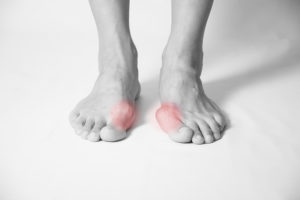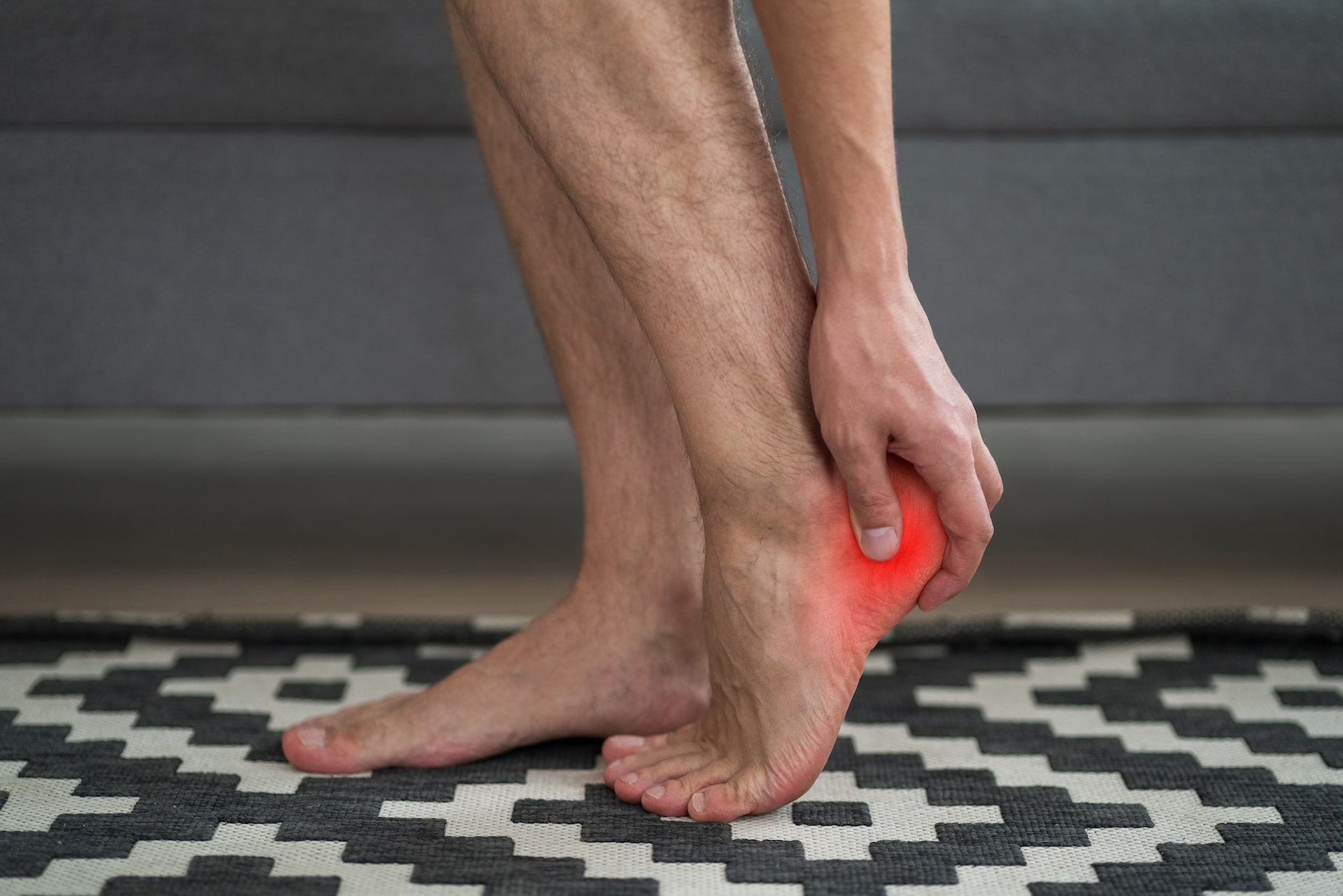What Is a Bunion?
A bunion is a bump that appears on the inside edge of your toe and often forms when your big toe begins pointing toward your second toe. Bunions occur more frequently in women than in men and people typically have a predisposition to them but they develop more rapidly with narrow shoes, high heels and activities that place added stress onto joint (dancing, running, etc). Over time, bunions can worsen and become more painful, and when left untreated, can cause extra bone growth and lead to the development of a fluid-filled sac at the base of your big toe.
Common Symptoms of Bunions
A bunion may, or may not exhibit obvious symptoms. Bunions can cause you to experience pain in your big toe, and result in red or irritated skin around and on top of the bunion. In some cases, your big toe may eventually start pointing toward your other toes, and result in a ripple effect of other food conditions, such as hammertoes.
Here are the most prominent symptoms of bunions:
-
Bony bump on the inside edge of the big toe
-
Red, thickened skin at bunion site
-
Joint pain
-
Pain over the join that worsens when wearing tight shoes
-
Big toe turns toward the other toes and may cross over the second toe
What Causes Bunions?

Foot Bunions
Although many people blame high-heeled shoes as the cause of a bunion, it’s more complicated than that. A bunion will typically not occur just from shoe choice alone (although high heels should only be worn on occasion to reduce the risk of other foot problems such as Haglund’s deformity).
The natural shape of your foot and your gait is often the primary cause of bunion formation. This is why bunions seem to run in families. It’s not the bunion itself, but the structure of the foot that you inherit. Additionally, wearing tight, narrow, or high-heeled shoes can definitely make an existing bunion worse because they tend to squeeze the toes together, forcing your big toe inward toward the second toe even more.
How Should I Treat a Bunion?
First things first: See your podiatrist. If a bunion goes untreated, the damage to the joint often progresses and it becomes harder to treat. Bunions can lead to other problems such as bursitis, chronic foot pain, and arthritis in the affected joint. Your podiatrist will likely try conservative methods first to help minimize discomfort and avoid worsening of the condition.
People who have mild or early-stage bunions can often find relief with some simple, non-surgical options:
-
Wearing proper footwear and avoiding tight, narrow, or ill-fitting shoes
-
Wearing a special pad over the bunion to reduce friction and pain
-
Using orthotics (ask your podiatrist for a recommendation)
-
Icing the foot
-
Using anti-inflammatory medications such as ibuprofen
When Should I See a Podiatrist About My Bunion?
It’s time to call a podiatrist when your bunions begin to cause pain, even if you’ve already taken steps to alleviate symptoms, such as wearing wide-toed shoes. You will also need to contact your podiatrist if you have diabetes if your bunion displays signs of infection such as redness and swelling and if the bunion is preventing you from doing everyday activities as a result of pain and discomfort.
In most cases, your podiatrist will be able to diagnose your bunion just by taking a look at your feet. If needed, your podiatrist may take an x-ray of your foot to better examine the angle between your big toe and foot. If your bunion is in advanced stages and continues to cause pain, your foot doctor may perform surgery to realign your toe and remove the bump.
There are many different ways to surgically correct a bunion. Your podiatrist will select which procedure is most appropriate depending on your activity level, symptoms, degree of deformity, and many other factors. One of the most common treatments is the bunionectomy or bunion surgery.
If you have foot pain or signs of a bunion, don’t wait for it to get worse. Call us at (913) 338-4440 or contact us online to schedule your appointment!



